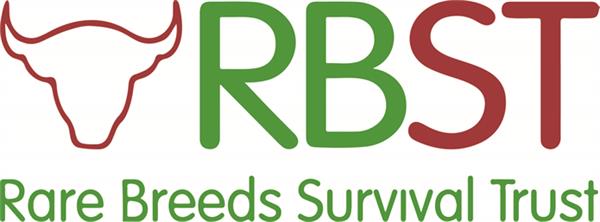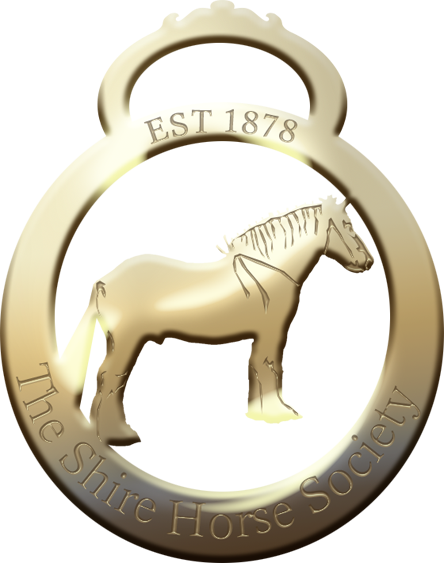SPARKS INTERNATIONAL
INTERNATIONAL GUIDANCE NOTES ON THE USE OF SPARKS KINSHIP TABLES
Introduction
The Shire Horse Society (‘the Society’) has adopted SPARKS to tackle inbreeding in the Shire horse population. This is needed because inbreeding leads to loss of genetic diversity in the population. In turn, this threatens the health of individual horses and the health and sustainability of the Shire breed as a whole, because it has the following consequences:
- increased infertility
- increased foal mortality (deaths)
- increased likelihood of harmful genes accumulating in the breed
- increases risk of inherited diseases and deformities
- reduced overall fitness of the breed and resistance to diseases
A powerful way of tackling inbreeding is by managing ‘Mean Kinship’ through selection of mare/stallion pairings.
What is Sparks?
SPARKS is an advisory scheme that helps manage Mean Kinship and inbreeding. It is a computer programme that calculates Mean Kinships for every living pure-bred Shire in the Studbook, measuring how related any one Shire is to all others. SPARKS also calculates the potential inbreeding of foals resulting from specific mare/stallion pairings. Based on this analysis, SPARKS produces Kinship Tables for mares.
What are Kinship Tables?
The Kinship Tables are a tool to help breeders manage Mean Kinship and inbreeding via their decisions on which stallions to put to which mares.
Each Kinship Table is specific to an individual mare. Note – each Table has more than one page. In every Table, the name of the mare is shown on each page, together with her date of birth, Stud Book number, Mean Kinship coefficient and Inbreeding coefficient. Based on the Mean Kinship coefficient, the mare is assigned to a Mean Kinship Band. Mares in Band A are of lowest Mean Kinship, i.e. are least related to the rest of the population, and those in Band H are the most related.
The International Kinship Tables are for pure-bred Shire mares that are registered in the breeding section of the Society’s Stud Book as (i) alive, (ii) located in a country other than the UK & EIRE (except Russia, which is excluded), and (iii) born in or after 2004, up to and including 2022. International Kinship Tables for mares born before 2004 are available on request; see the section titled “Important Notes on Using the Kinship Tables” below for more information.
In each International Kinship Table, there is a list of pure-bred Shire stallions. These are stallions that are registered in the Society’s Stud Book as (i) alive, (ii) located in a country other than the UK or EIRE (except Russia which is excluded) and (iii) Approved under the Society’s inspection process.
The stallions in the Tables are stallions that are approved by the Society. Mare owners are reminded that if a stallion is not approved, the Society will not be able to register the resulting progeny in the Breeding section of the Stud Book. For any queries, contact info@shire-horse.org.uk
Please also note that the locations shown for stallions are not guaranteed - some stallions may be in a different location for the 2024 breeding season.
The following information is given for each stallion: name, Stud Book number, colour, Inbreeding Coefficient, Mean Kinship coefficient, Kinship Band, Co-ancestry Coefficient of Progeny, Region and Location.
The ‘Co-ancestry Coefficient of Progeny’ is the level of inbreeding that the resulting foal would have if the named mare is mated to the named stallion. The lower this coefficient, the less inbred the foal would be. Co-ancestry coefficients of below 0.05 are considered acceptable, and those of 0.05 and above are not.
How are Kniship Tables used?
The Kinship Tables are published on the Society’s website and can be downloaded free of charge. Shire Horse Society of Great Britain | Kinship Tables Tnternational (shire-horse.org.uk)
Using SPARKS is voluntary and intended to help mare owners to select a stallion. The Tables do not relate to the physical attributes of any mares, stallions or potential foals. Breeders should continue to use their own best judgement on this. The Tables are an additional tool to add genetic health to dam/sire pairing decisions.
To help interpretation of the Kinship Tables, the potential matings between mares and stallions are ranked into four Tiers. Tier 1 represents the best genetic pairings, and Tier 4 the worst. The Tiers are “traffic light” colour coded as follows:



